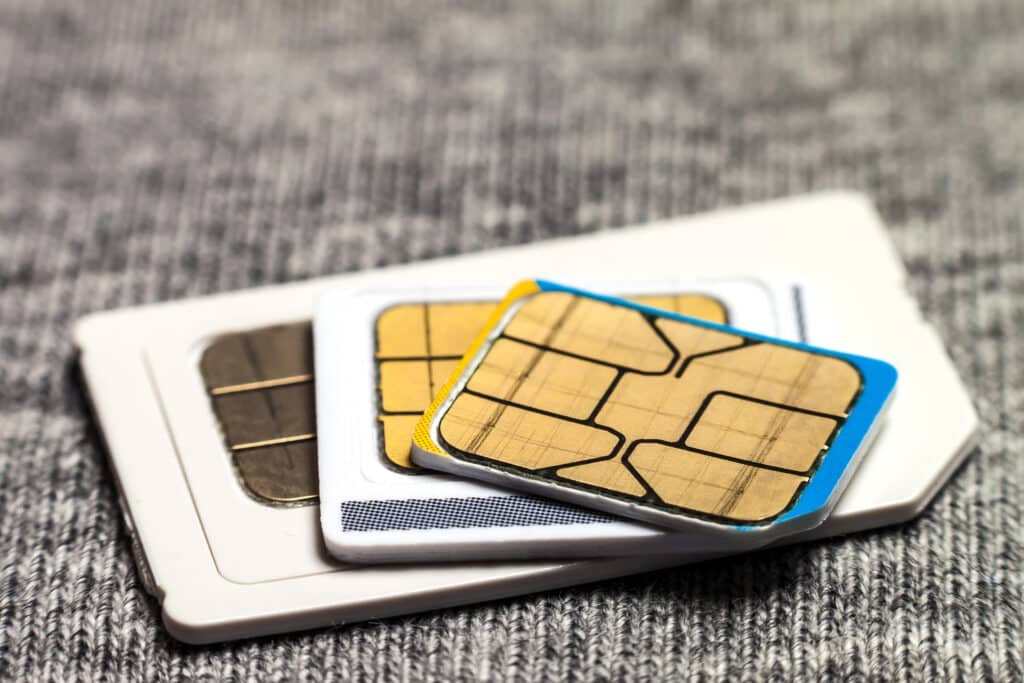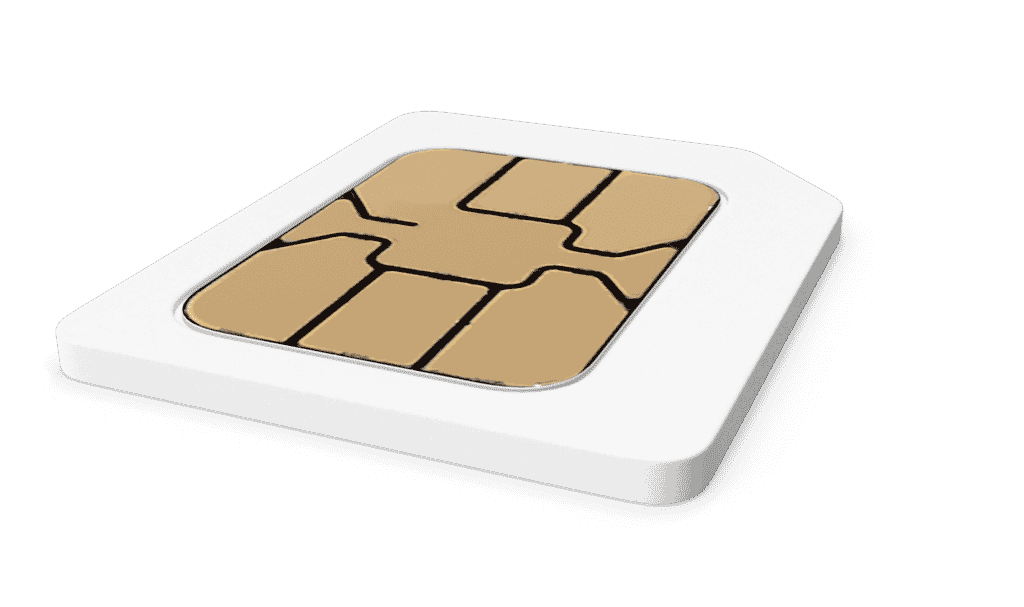SIM card types
Almost all of us probably have a SIM card and most of us are familiar with it, at least in principle. However, for use in M2M communication, among other things, there are two other types of SIM cards that differ from standard SIM. In this article, we would like to briefly introduce you to these 3 SIM card types offered by us and discuss their respective special features.
SIM cards in general
The abbreviation SIM stands for the English term "subscriber identity module", which can be translated as "subscriber identity module". As the term suggests, a SIM card is a module that can be used to uniquely identify a user in the mobile network.
Technically speaking, a SIM card is a chip card consisting of a small processor with memory. The IMSI (International Mobile Subscriber Identity) is stored on the card. This is used to assign and authenticate the mobile device to a corresponding mobile network. Such an IMSI number is assigned only once per SIM by the mobile network operators worldwide.
Standard SIM
The "standard SIM" refers to the common SIM card type that most people still use in their mobile devices. This is the physical card that contains the chip described above. As the built-in components of mobile devices became smaller over time, smaller SIM cards gradually appeared on the market.
The first variant was the so-called "Mini-SIM", since 2010 there were the first devices for its successor, the "Micro-SIM", which have no differences from a technical point of view, only the area has been reduced once again.
Finally, the even smaller "Nano-SIM" was introduced to the market as early as 2012, which is a bit thinner than the two predecessor variants in addition to a smaller surface.

Would you like more information about SIM card types? Write to us!

Industry SIM
Since M2M communication is often used in areas where special conditions prevail, we at M2M Allnet also offer a special "Industry SIM". This has the same functionality as a standard SIM, but is manufactured in industry quality and therefore more durable and more resistant. This means that it can also be used under extreme conditions.
eSIM
In addition to the classic SIM cards described above, there is now a newer generation, the so-called "eSIM". Here, the physical SIM card is replaced by a "virtual" one by installing the chip directly in the mobile device. This is even smaller than the normal SIM card and cannot be replaced. The subscriber information is stored on the module soldered into the device for this purpose and can be provided by software using a procedure standardized by the GSM Association.
In terms of application, there are hardly any noticeable differences to the normal SIM card, but this procedure allows a device to be connected to the network immediately by simply writing the data from the mobile network provider to the eSIM via the Internet. This eliminates the need to send a separate SIM card with the corresponding waiting time.





